Disclaimer: I received some of these seeds for free in exchange for my honest review. All opinions are honest and my own.
Below I share with you everything I know about growing dianthus from seed after years of experience germinating a wide variety of dianthus seed.
Dianthus is one of my favorite flowers.
I love the fragrance.
I love that some varieties are edible.
I love that some varieties make excellent cut flowers.
I love that it self-seeds in the garden.
In fact the only things I don't love is the fact that not all varieties come back and that some varieties are rather short-lived plants in my garden coming back for a year or two and then disappearing for good.
As a member of the North American Rock Garden Society I have had the privilege to grow a number of varieties that are not readily available as seeds or even plants in the marketplace.
I have also learned a lot about growing Dianthus from seed.
I have used the winter sowing method repeatedly and had wonderful success.
I've also started seeds indoors under lights and in damp paper towels.
Whatever method you use, the seeds germinate best when the soil temperature is between 60 and 70 degrees F.
The seeds take 10 to 21 days to germinate and should barely be covered with soil.
I typically start my Dianthus seeds on January 3.
Remember these are rock garden plants, so they grow in less than ideal conditions in the wild.
Do not overwater them and if possible, when planting in the garden, plant them in a raised bed or elevate the area they are growing in with some rock.
I have found growing them in raised beds or containers helps them live longer.
I have had a lot of questions about what Dianthus seed looks like and how to germinate it, so I made this short video.
Are you interested in knowing even more about seed saving and starting?
Then check out my book The Complete Idiot's Guide To Seed Saving & Starting!
Here are the varieties I am growing this year and a little bit about them:
Carnation Chabud Giant Mixed Colors:
The Carnation Chabud Giant Mixed Colors variety is a half-hardy perennial - so more than likely, it won't come back in my garden - but it could self-seed.
It has large flowers and a spicy, clove-like fragrance.
It is the variety often used by florists.
The plants reach a mature height of 20 inches.
The seeds take 10 to 15 days to germinate.
The plants take 60 to 90 days to begin to flower, so start this one early indoors under lights.
In the garden, space the plants 12 inches apart.
It is possible to grow this plant year-round indoors in containers.
Carnation Enfant de Nice:
If you are looking for an old-fashion carnation that is intensely scented and a perennial, this is the variety for you.
Renee from Renee's Gardens suggests that you do not bury the stems or crowns of this plant when you transplant it into the garden.
She also says proper spacing is essential for strong stems and for less susceptibility to foliage disease.
She also recommends cutting the plants back to the base once they finish flowering the first time.
This will encourage the plants to bloom a second time.
The seeds take 7 to 14 days to germinate.
The plants reach a mature height of two feet.
Dianthus Baby Doll Mixed Colors:
This variety reaches a mature height of 6 inches.
It is an annual, but does self-sow.
Space plants 6 to 8 inches apart in the garden.
The seeds take 8 to 10 days to germinate.
Dianthus knappii Yellow Harmony:
I received these seeds to trial.
I did not receive any information on these seeds.
I do know the flowers are yellow.
Dianthus Maiden Pink:
I love the vivid fuschia pink of the Dianthus Maiden Pink.
This variety makes a great groundcover and is ideal for rock gardens.
It is hardy in USDA Hardiness Zones 3 through 9.
This particular variety reaches a mature height of 6 to 12 inches.
Space them 12 inches apart in the garden.
The seeds take 10 to 14 days to germinate.
Be sure to deadhead - or cut off - the faded flowers to encourage this plant to keep blooming.
Dianthus Pinks:
This variety is also a perennial.
It is hardy in USDA Hardiness Zones 3 through 10.
The mature plants reach a height of 12 to 24 inches.
It blooms in late spring and early summer.
Gardeners in cold areas should mulch the plants well before winter.
Divide the plants every couple of years, especially if you notice the center of the plant is turing brown and beginning to die back.
The seeds take 15 to 20 days to germinate.
Dianthus superbus:
This seed came with an information sheet that I misplaced.
I was intrigued by the description of the plant.
The seed I planted on December 27, 2013 already sprouted.
Looks like there may be photos of this plant in bloom later in the year to share.
Sweet William Double Dwarf Mixed Colors:
Fragrant blossoms on compact plants is what makes this variety popular with some gardeners.
It performs well in the ground and in containers.
It is a biennial and takes 60 to 90 days to bloom.
Space the plants six inches apart in the garden.
The seeds take 5 to 10 days to germinate.
Sweet William Tall Double Mixed Colors:
Showy, spreading, fragrant and long blooming describes the Sweet William Tall Double Mixed Colors variety.
A favorite plant in my garden.
It is recommended to mulch the plants well if you live in a cold climate.
It does self-seed but that is not always a guarantee that you will get plants every year if you do not mulch them.
This is a biennial.
The plants reach a mature height of 2 feet.
Space the plants 16 inches apart in the garden.
The seeds of this variety germinate in 6 to 10 days.
Other varieties of Dianthus I have grown include:
- Carnation ‘Dwarf Fragrance’
- Carnation ‘Fenbow Nutmeg’
- Carnation ‘French Flounce’
- Carnation ‘Grenadin Black King’
- Carnation ‘Mini Spice Peppermint’
- Carnation ‘Stripes and Picotees’
- Carnation ‘Trailing’
- Carnation 'Dwarf Fragrance'
- Carnation F1 ‘Can Can scarlet’
- Dianthus – red
- Dianthus ‘Amaranth’
- Dianthus ‘Award cherry’
- Dianthus ‘Award Purple’
- Dianthus ‘Award red’
- Dianthus 'Black & White Minstrels'
- Dianthus ‘Brno’
- Dianthus ‘Clinc Pinks’
- Dianthus ‘Crimsonia’
- Dianthus ‘Dottie’
- Dianthus ‘Double Gaiety Mix’
- Dianthus ‘French Frills’
- Dianthus ‘Ipswich Pinks’
- Dianthus ‘Spring Beauty’
- Dianthus ‘Super Parfait Raspberry’
- Dianthus ‘Super Parfait Strawberry’
- Dianthus ‘Tall double flowered mix’
- Dianthus ‘Telstar Purple’
- Dianthus ‘Velvet and Lace’
- Dianthus ‘Victoriana’
- Dianthus alpinus
- Dianthus amurensis
- Dianthus arpadianus
- Dianthus barbatus ‘Noverna Violet F1’
- Dianthus barbatus ‘Noverna White F1’
- Dianthus barbatus ‘Novernae Purple F1’
- Dianthus barbatus F1 ‘Noverna Coral F1’
- Dianthus barbatus F1 ‘Noverna Formula Mix F1’
- Dianthus barbatus F1 ‘Noverna Salmon/White Eye F1’
- Dianthus barbatus F1 “Noverna Pink’
- Dianthus barbutus F1 ‘Noverna Crimson F1’
- Dianthus callizonus
- Dianthus caryophilus ‘Dwarf Fragrance’
- Dianthus caryophyllus
- Dianthus caryophyllus ‘Clove Drops’
- Dianthus caryophyllus ‘Clove Drops’
- Dianthus caryophyllus ‘King of the blacks’
- Dianthus collinus
- Dianthus deltoides
- Dianthus deltoids
- Dianthus deltoids ‘Albus’
- Dianthus fragrans ‘Pink’
- Dianthus freynii
- Dianthus gratianopolitanus
- Dianthus imereticus
- Dianthus japonicus
- Dianthus japonicus v albiflorus
- Dianthus knappii
- Dianthus myrtinervius
- Dianthus pavonius
- Dianthus petraeus
- Dianthus petraeus ssp noeanus
- Dianthus plumarius - pink/red/white
- Dianthus plumarius ‘Pink’
- Dianthus requienii ‘Blue’
- Dianthus serotinus ‘Pink’
- Dianthus 'Siberian Blues'
- Dianthus squarrosus
- Dianthus tenuifolius
- Dianthus viscidus
- Dianthus whergii
- Sweet William ‘Sootie’
Growing Plants From Seed
How To Successfully Start Seeds
Learn how to successfully start seeds indoors or out. Learn about light requirements, seed sowing depth, how to prevent damping off and more.
Botanical Interests Continues Commitment To Being GMO-Free
I love Botanical Interests not only for their high quality seeds, but for their commitment to being GMO-free.
Seed Starting: Carrots
Unlock the Magic of Carrot Seed Starting: Expert Techniques for Success. Start Growing Vibrant Carrots Today!



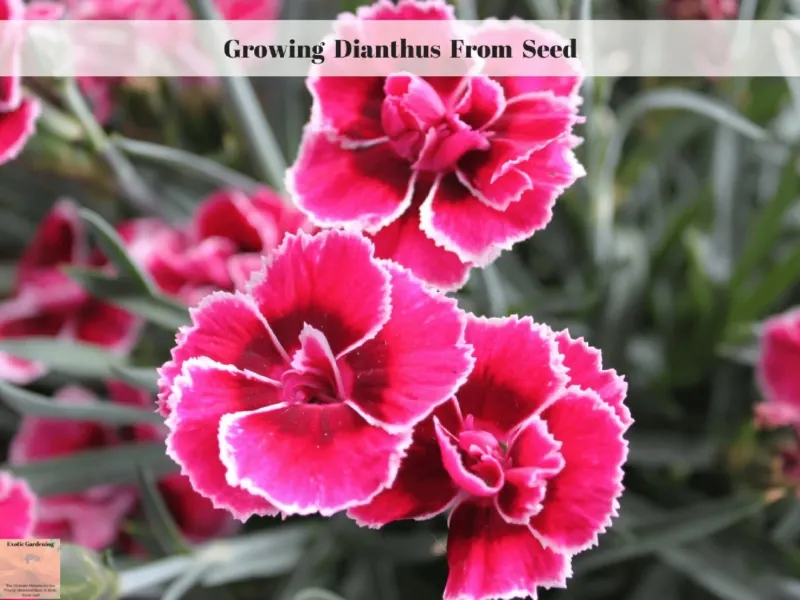
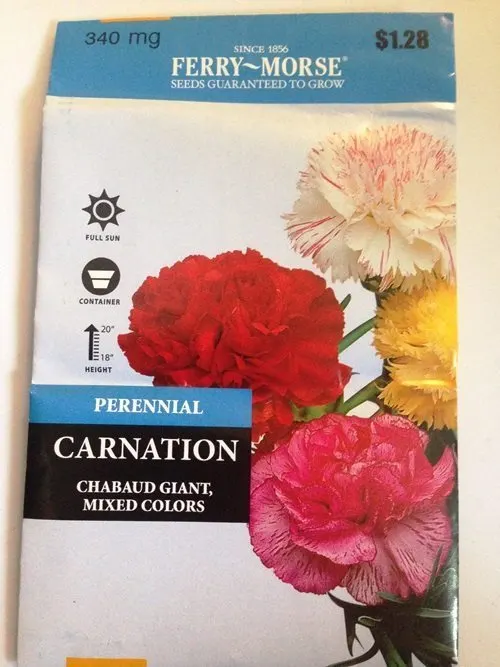
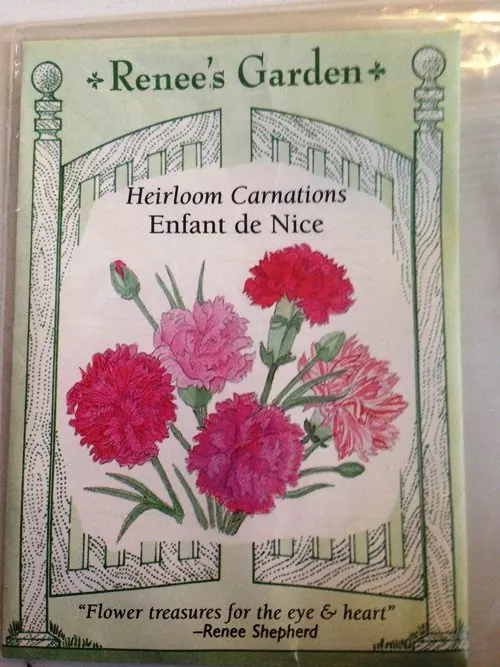
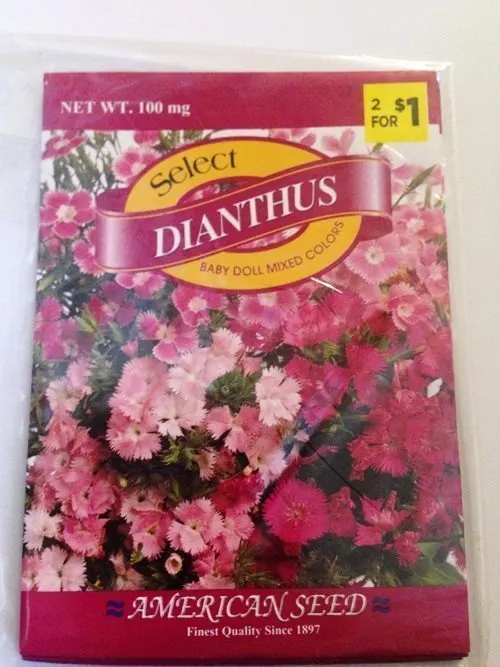
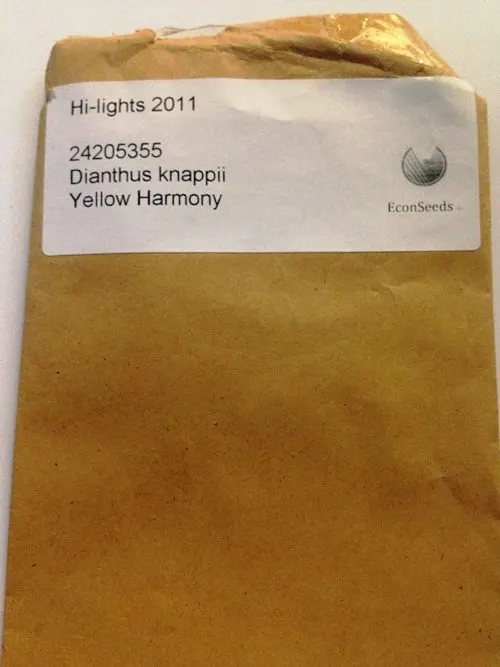
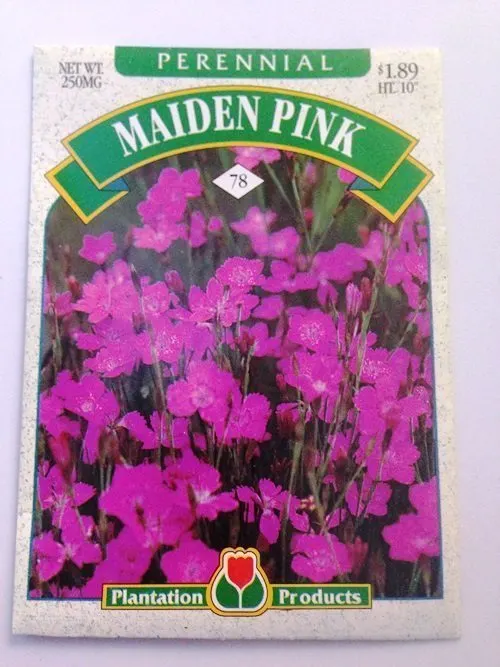
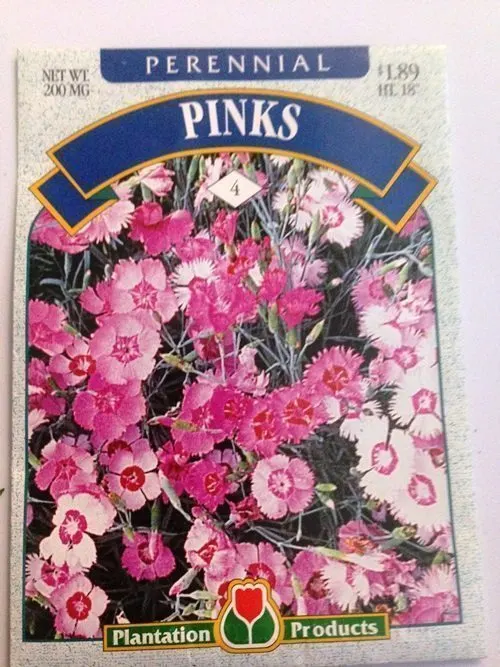
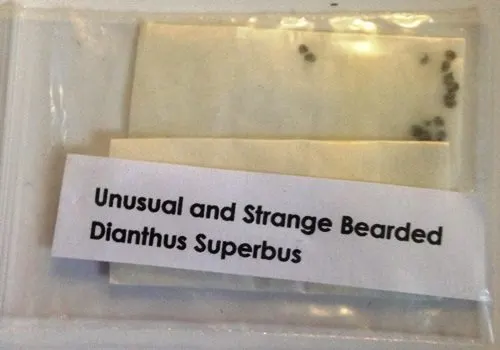
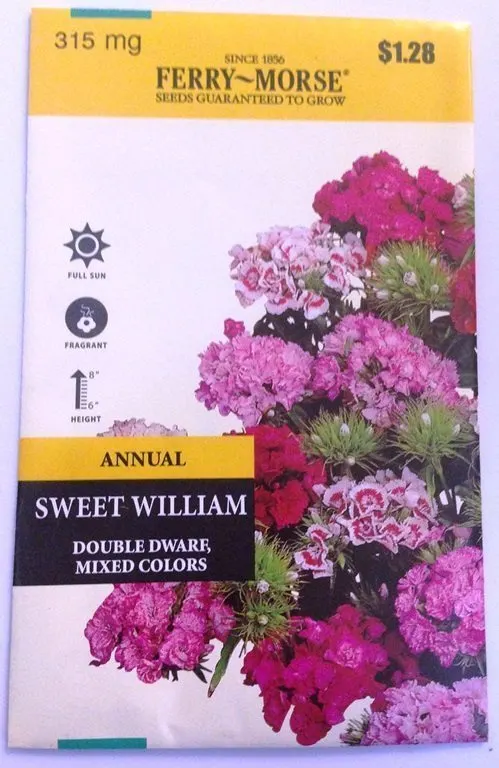
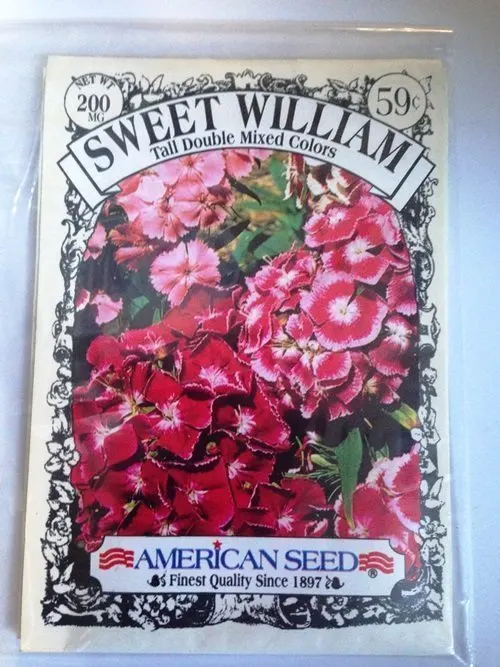





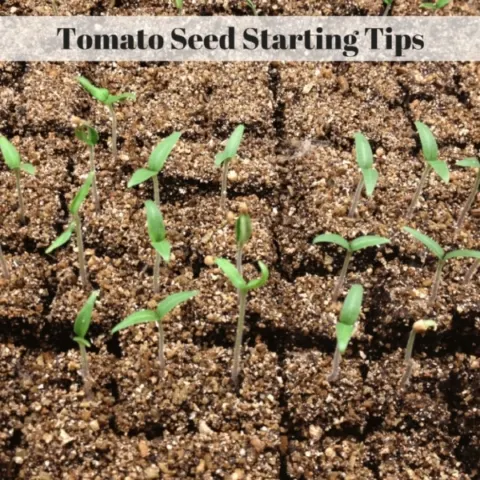
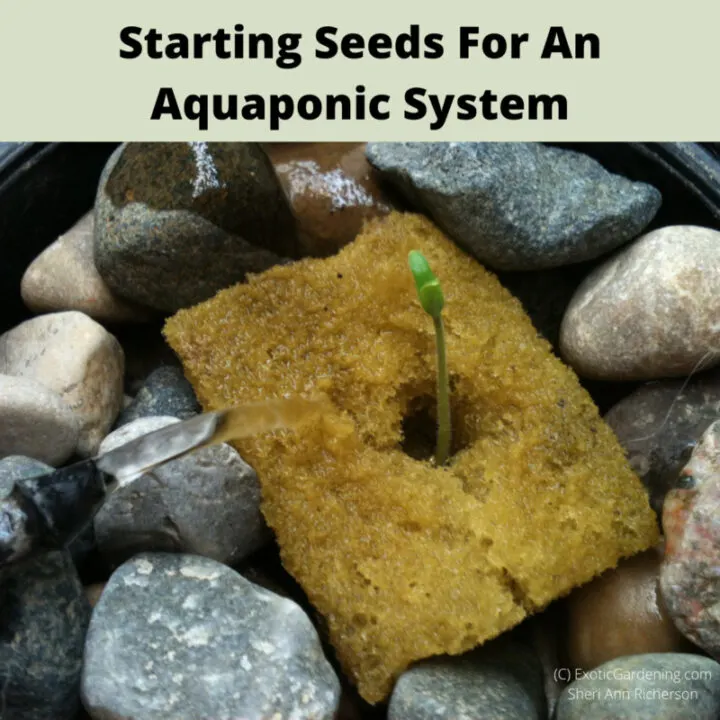
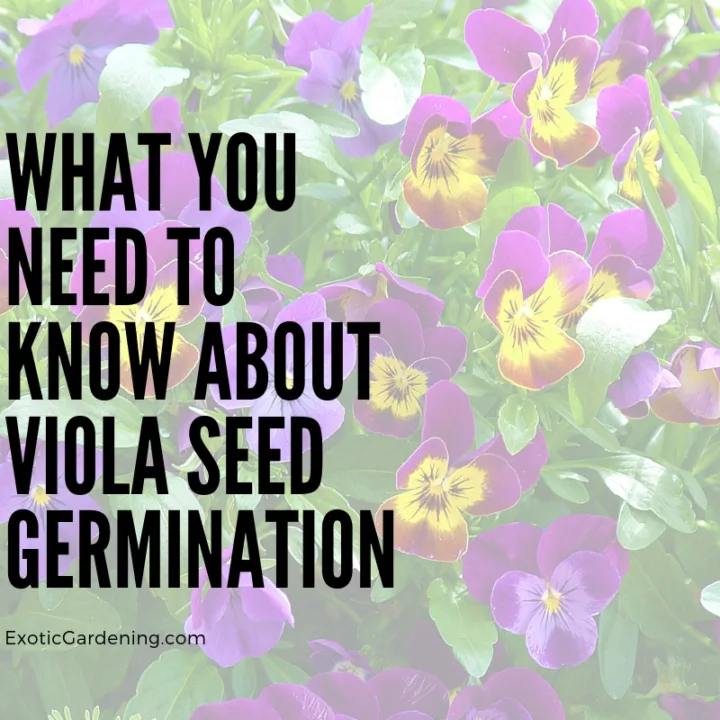
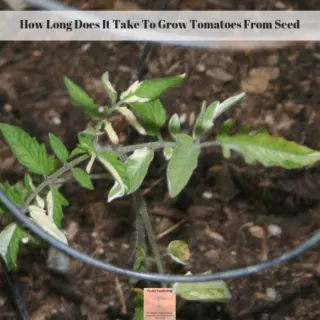
Theta Ashing
Tuesday 8th of June 2021
Hope you can help me. Thank you for sharing how to start dianthus. My wish is that I can find the kind my grandmother had back in Okalhoma when I was a child. They were light pink and smelled like cloves. The folage was grayish, kind of like dusty miller but not that gray. They were just a simple flower that came back every year and they remind me of my grandmother. I've been looking for this kind of dianthus, grandma called them pinks, for them for 20 years. Please if you can tell me where to get seeds please help.
Sheri Ann Richerson
Tuesday 15th of June 2021
Hi, I know the one you are talking about. Are these close to what you are looking for - https://www.johnnyseeds.com/flowers/dianthus-sweet-william/chabaud-la-france-dianthus-seed-3710.11.html or is this closer to what you are looking for - https://www.bluestoneperennials.com/DIBP.html?